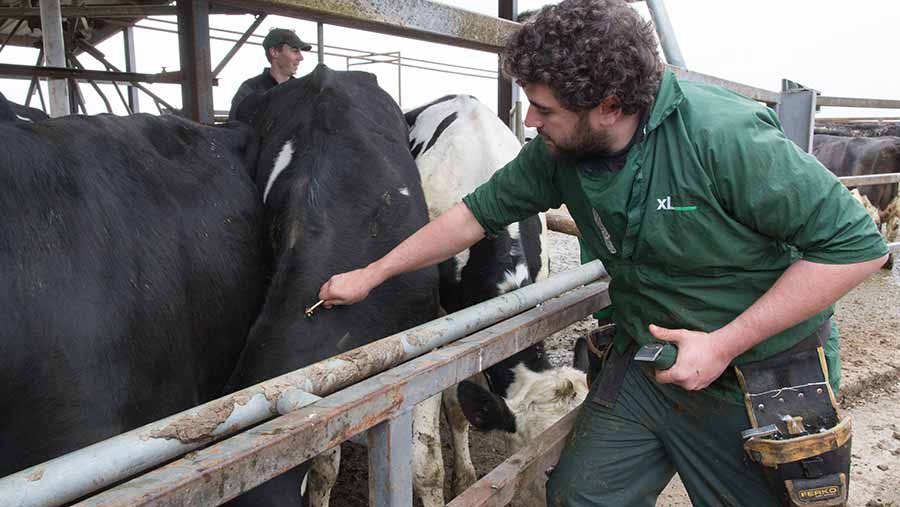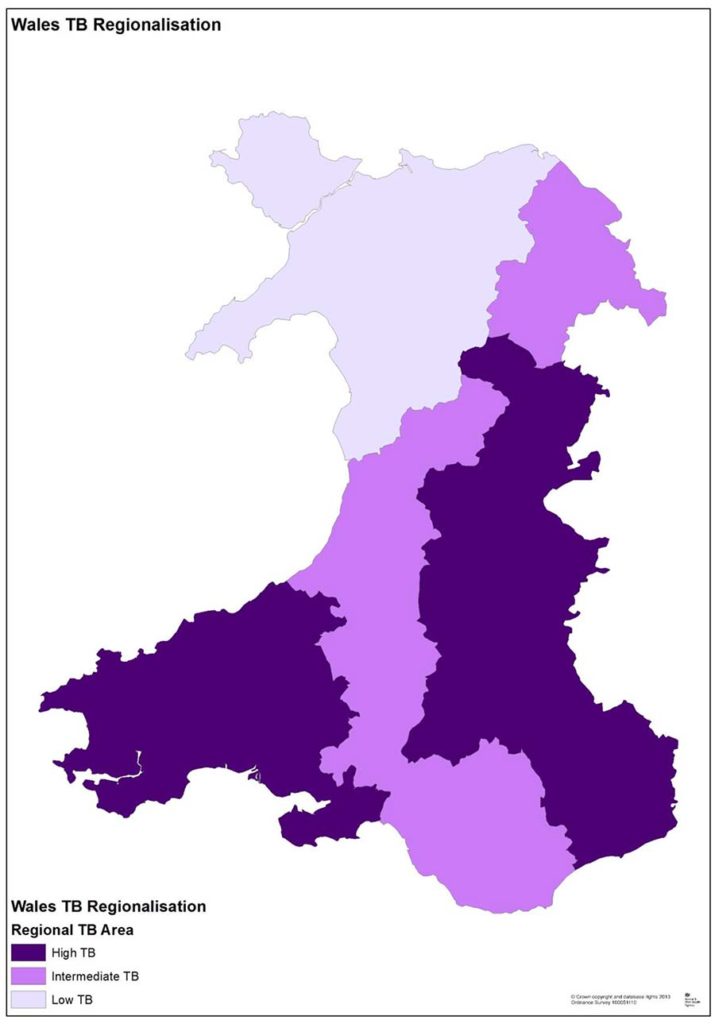Wales sees 34% rise in TB cattle slaughterings
 © Tim Scrivener
© Tim Scrivener Farm leaders have stressed the devastating effect bovine TB is having on farms, as latest figures reveal a 34% rise in TB cattle slaughterings in Wales.
NFU Cymru president Stephen James and policy adviser Peter Howells visited the Senedd on Thursday (8 December) to give evidence to the National Assembly for Wales’ Climate Change, Environment and Rural Affairs Committee.
Mr James told assembly members that bovine TB continues to cause untold heartache and stress to cattle farmers across Wales, while also placing enormous emotional and financial strain on farming families.
See also: Controlled badger cull looks likely for Wales
The Welsh government’s decision to suspend its badger vaccination project in December 2015 amid a global shortage of BCG vaccine has called into question the validity of its TB policy.
NFU Cymru has been clear and consistent in calling on the Welsh government to put in place a TB eradication strategy in Wales that removes disease from cattle and wildlife sources.
Calls for badger cull
Speaking after giving evidence at the meeting, Mr James said: “Farmers are playing their part in tackling bovine TB through cattle-based measures, but there remains a lot of frustration in the industry that the reservoir of infection that exists in wildlife has not been confronted.
“The disease must be actively removed from the badger population in areas where TB is endemic.
“We made it clear that future TB eradication measures implemented by the Welsh government should be based on sound evidence and science-based policy decision-making and that all sources of the disease must be tackled effectively if we’re ever to have any chance of eradicating bovine TB in Wales.”
Defra’s latest official TB statistics for Wales (PDF) show 9,630 cattle were slaughtered in the country over the 12 months to August 2016. This is equivalent to a 34% rise over the previous 12 months, when 7,178 TB-infected cattle were removed.
Welsh ministers have ruled out a “blanket” cull of badgers, such as the policy currently being undertaken in England.
However, they have indicated they will consider a policy of cage trapping and killing infected badgers by lethal injection on affected farms. A similar policy has recently been piloted in Northern Ireland.
Three TB areas
Under the plans, Wales could be divided up into three different risk areas for low, intermediate and high incidence of disease.

© Welsh government
Carmarthenshire, Pembrokeshire and counties bordering the south-west of England would be classified as high risk, whereas counties in north-west Wales, including Anglesey, would be low risk.
Policies, including the regularity of testing, would be tailored on a regional basis with the possibility of a targeted culling policy being piloted in high-risk areas.
The Welsh government’s latest TB consultation – “A refreshed TB Eradication Programme” (PDF) – closes for comments on 10 January.
